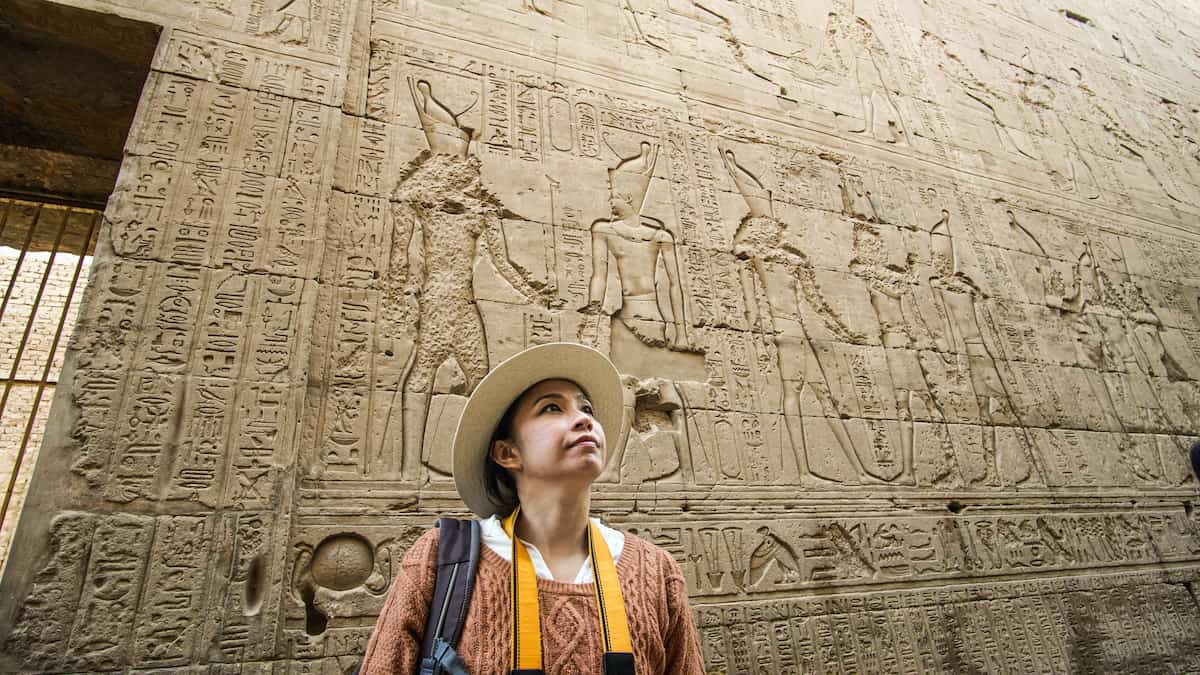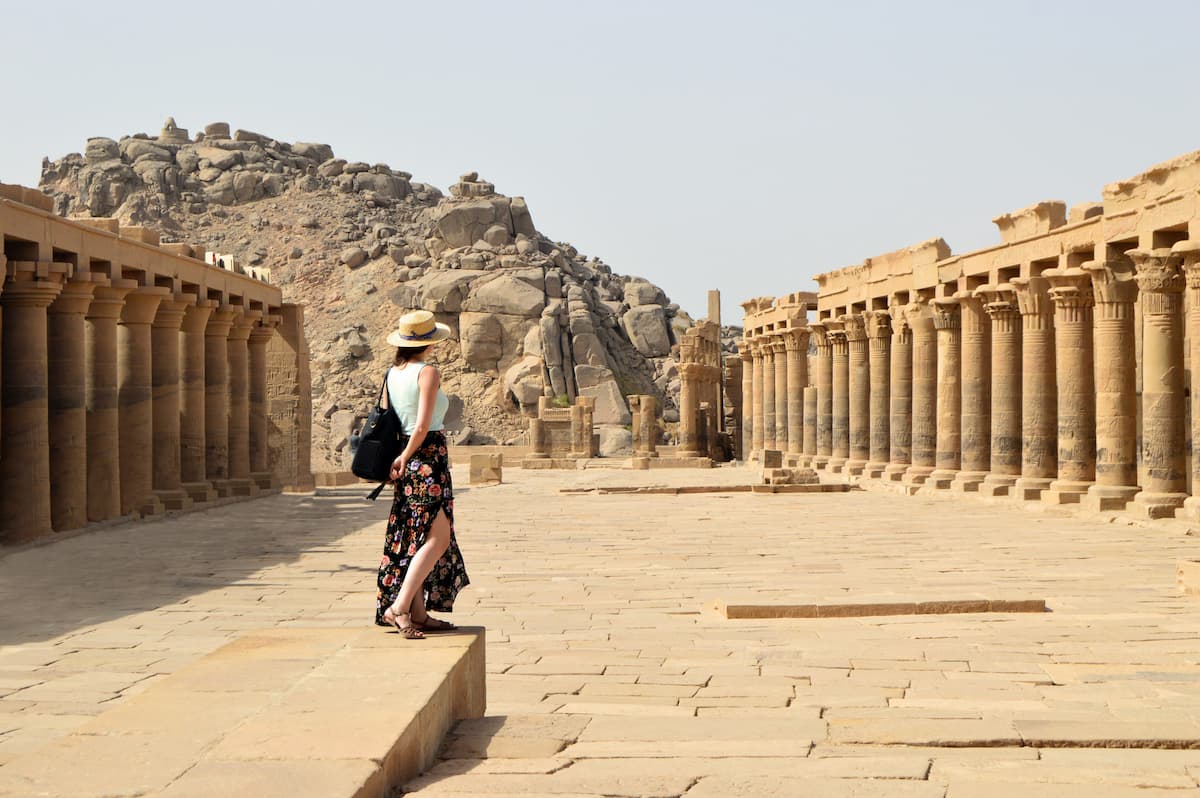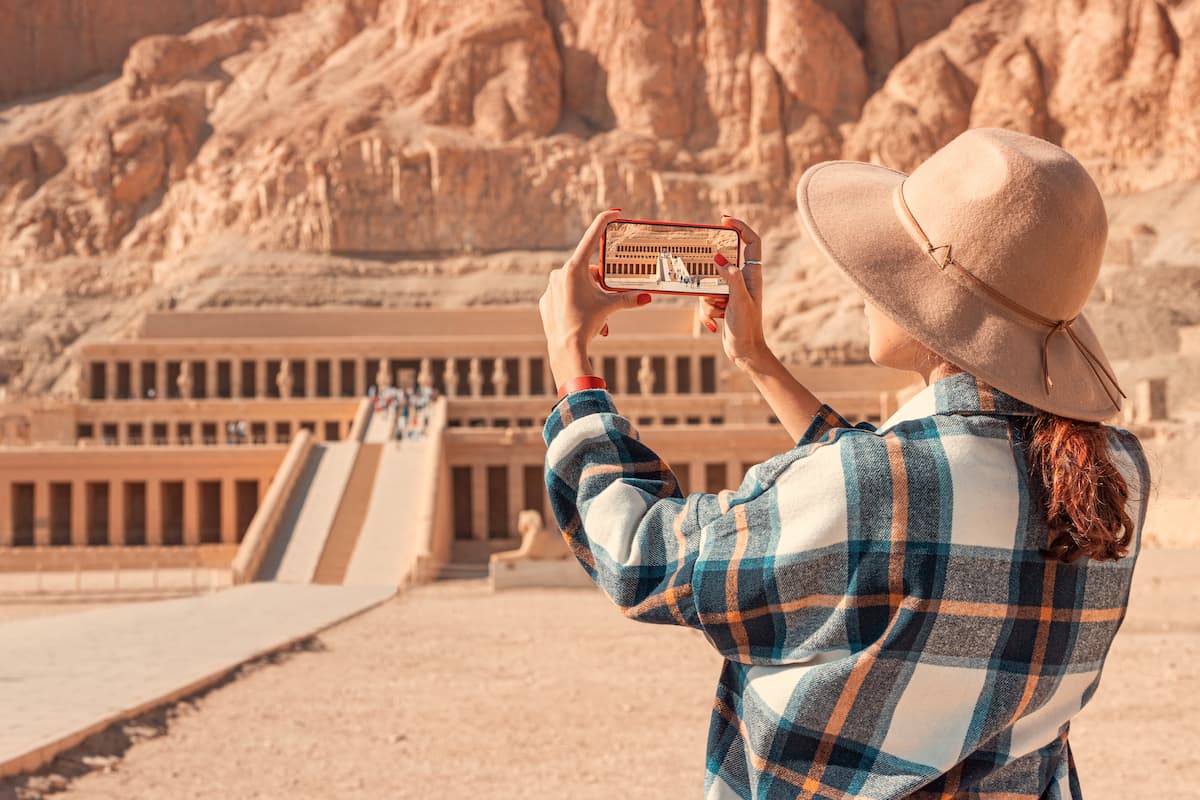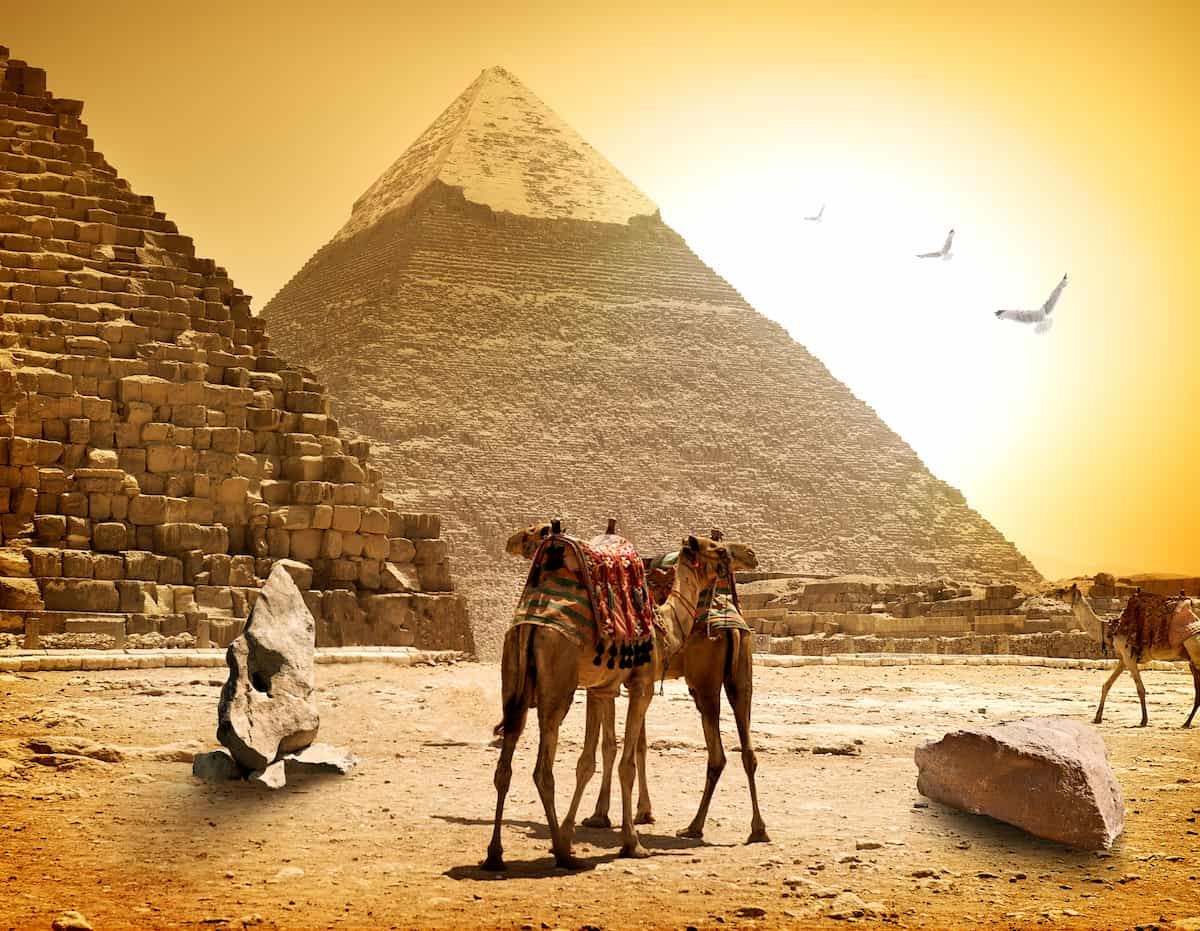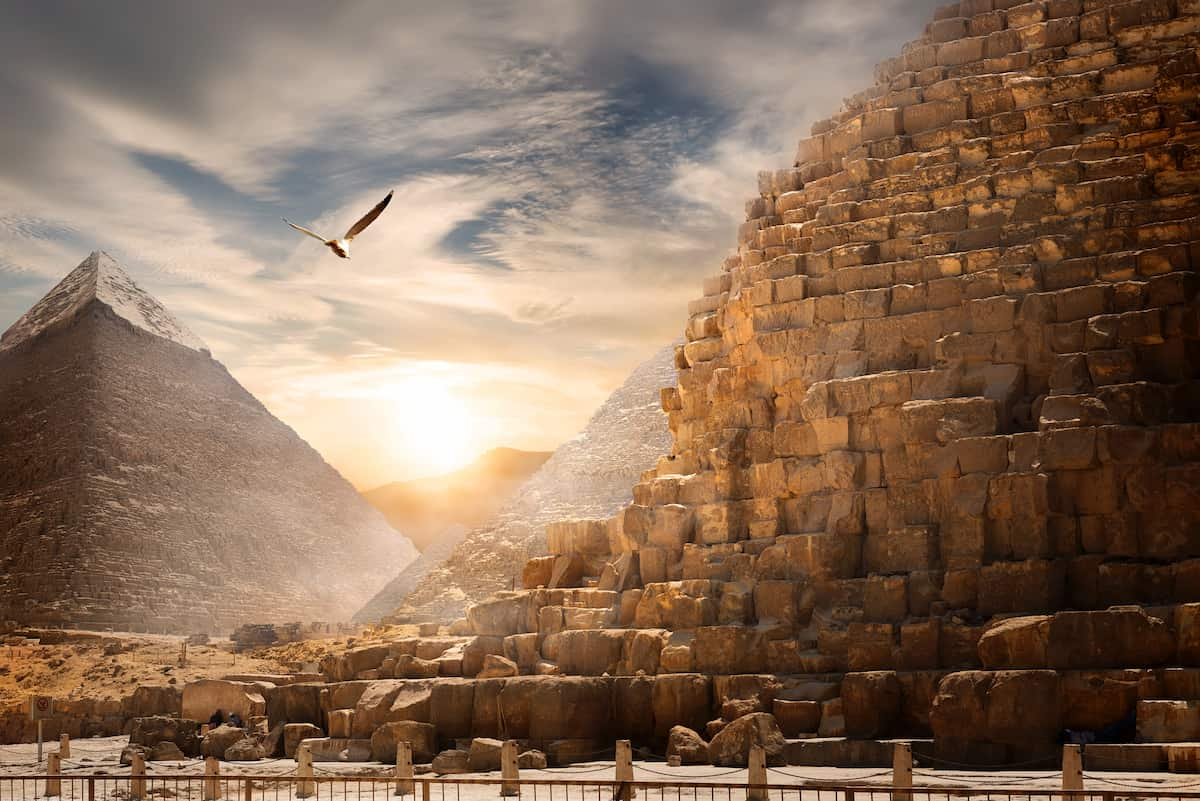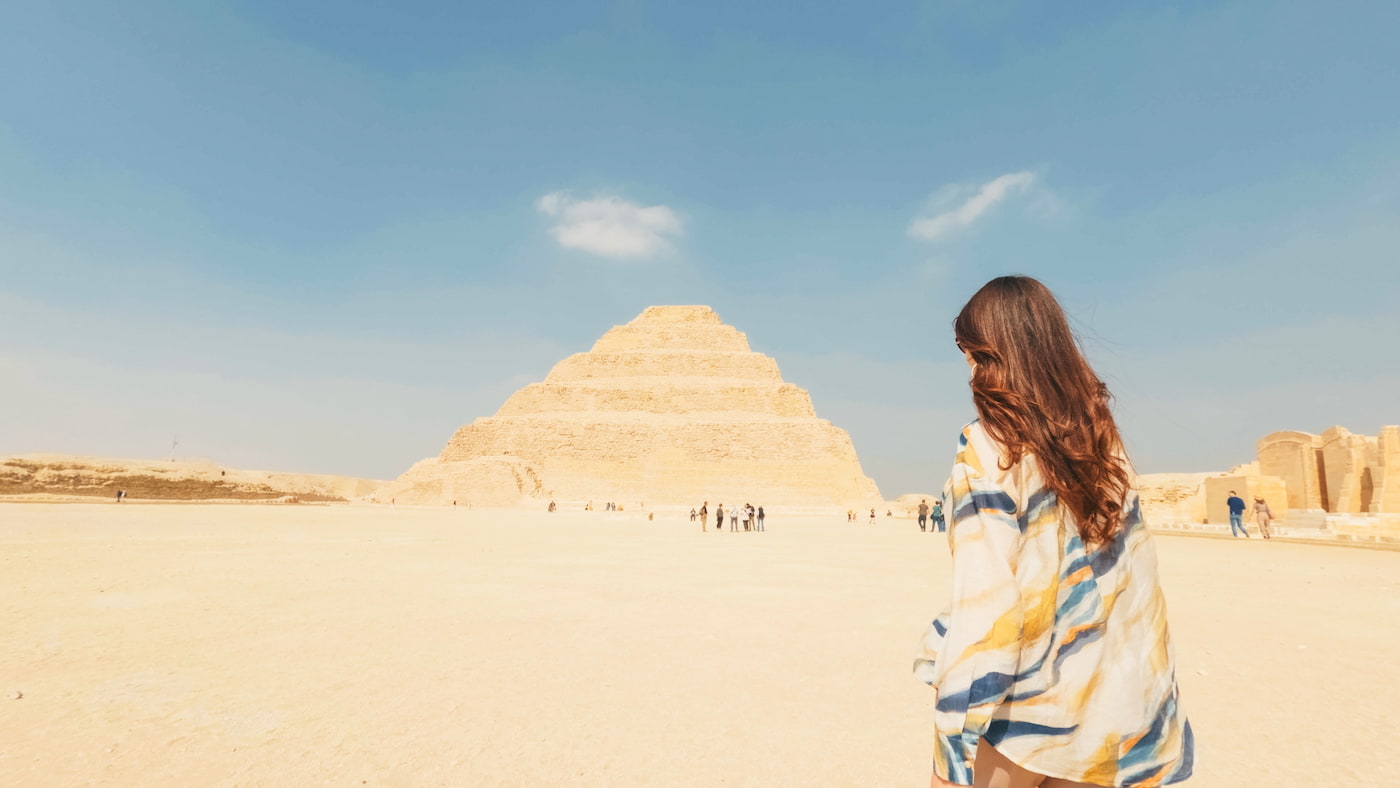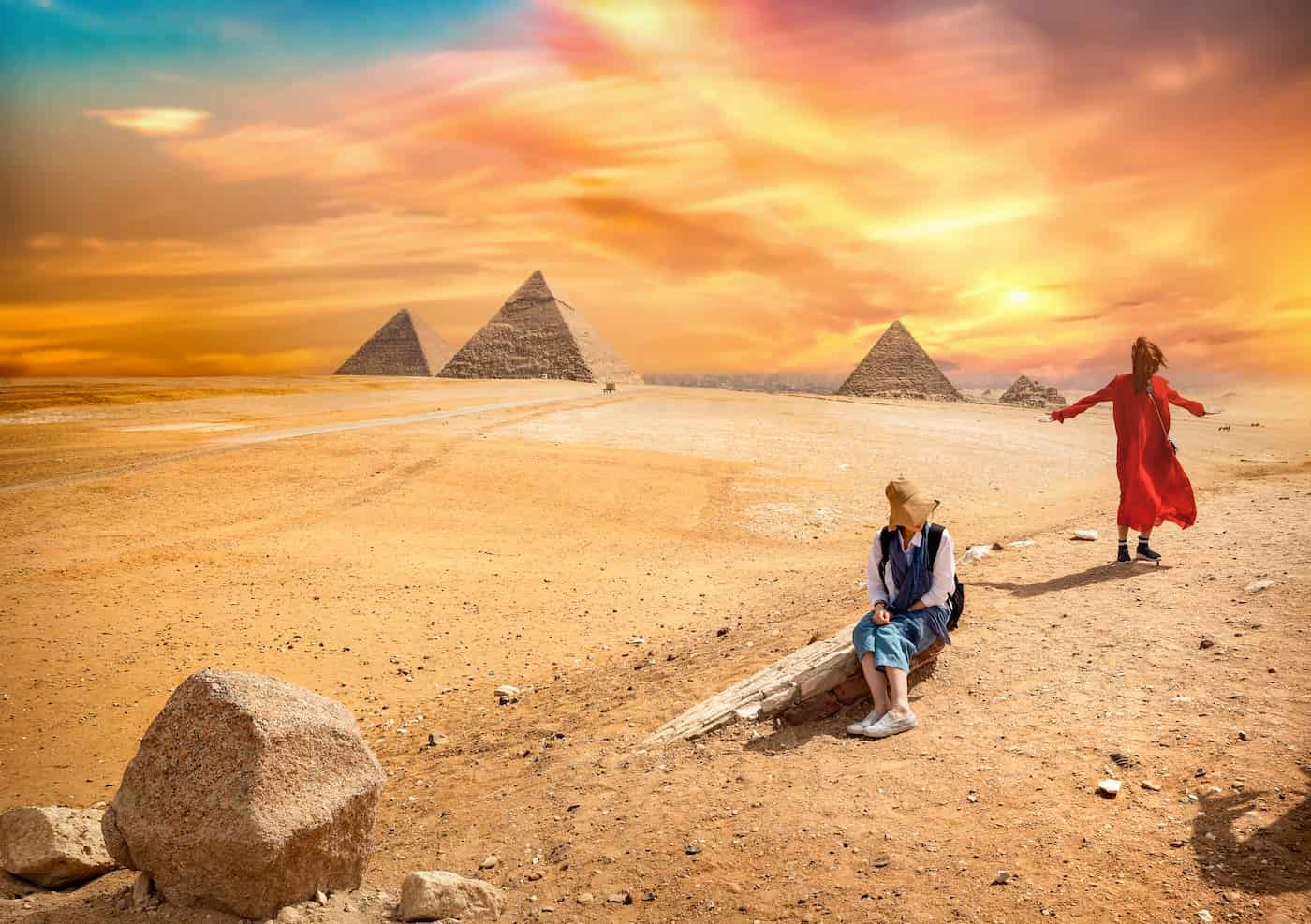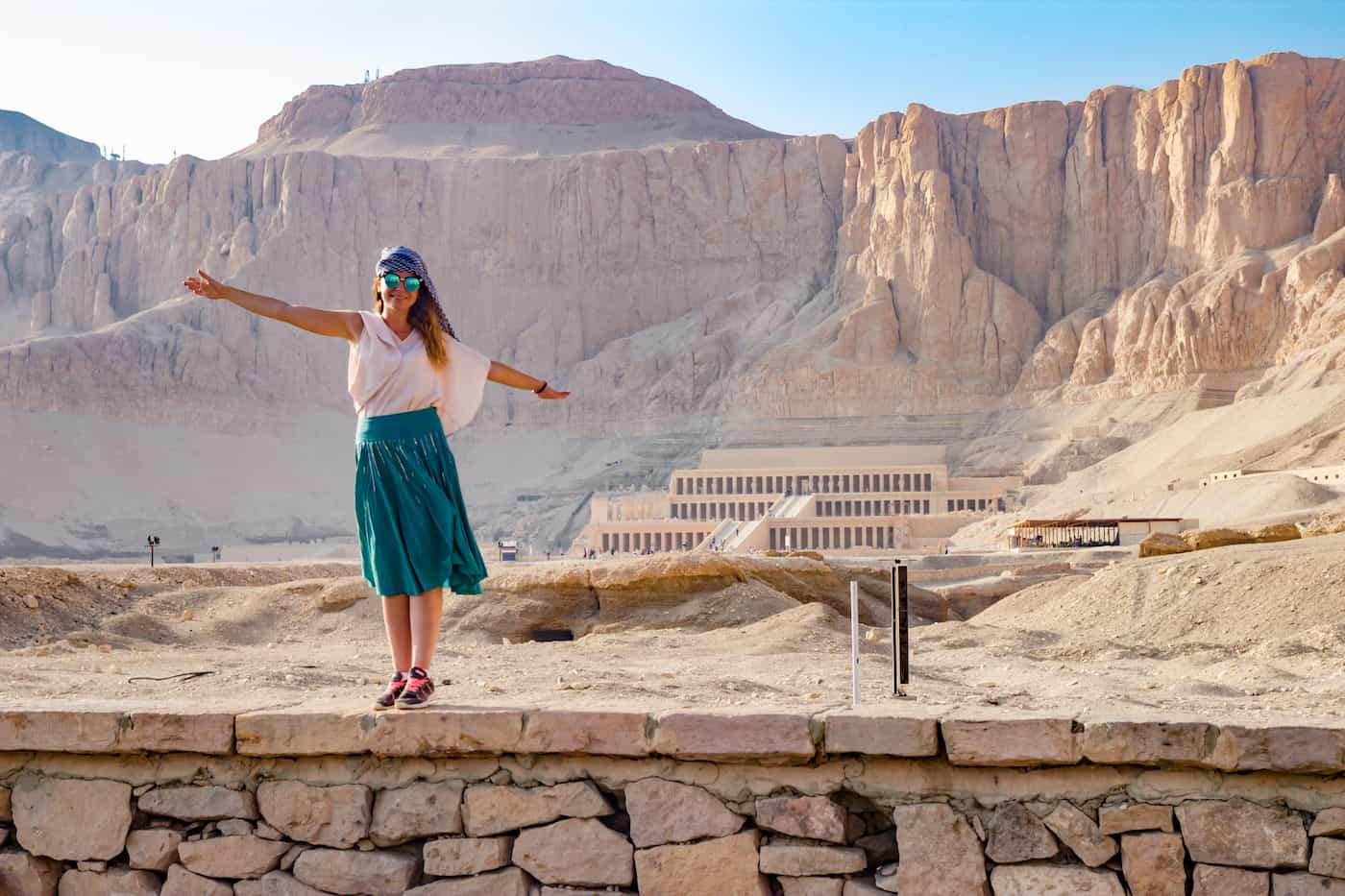Egyptian Language: From Ancient Hieroglyphics to Modern Spoken Words
Egypt is made up of its history and its languages. Egyptians for many generations spoke and wrote in numerous languages, still each moment knew its own culture. Among the world’s languages is the ancient Egyptian language. It has existed beyond 5,000 years and served the purposes of religion, administration, and lived society. The criteria of the needs of the society were met by one, particularly known as hieroglyphics, since it involved pictorial representations combined with other signs to signify sounds, things, and concepts.
 Egyptian hieroglyphics remain one of the highly sophisticated activities in the world today. Indeed, the picturesque symbols can be difficult to comprehend by an individual who has no experience in reading this language, compensated by the sheer fascination that excludes the need for an additional study of the language in most cases.
Egyptian hieroglyphics remain one of the highly sophisticated activities in the world today. Indeed, the picturesque symbols can be difficult to comprehend by an individual who has no experience in reading this language, compensated by the sheer fascination that excludes the need for an additional study of the language in most cases.
Simply put, to read and write them, one had to learn the script for many years, but because of having this skill, the person also earned a high social status. For example, Scribes had to be good at writing, ‘caligraphy’ in ancient terms, to be employed in some capacity within the government as this was their most strong suit – most of their works were recorded the same way until the invention of print – therefore, one had to be good at it also and if one could write, it was utmost.
The scribes worked all over in various royal courts because, in shape, habit, and painstaking care of details, they approached perfection, which was expected and highly valued by rulers who had brought in the scribes to perform their duties in a certain way. Temples and administrative centers were in need of scribes, as there was a lot of writing and record-keeping done in these places for many activities to be accomplished effectively.
4- How to Write in Hieroglyphics?
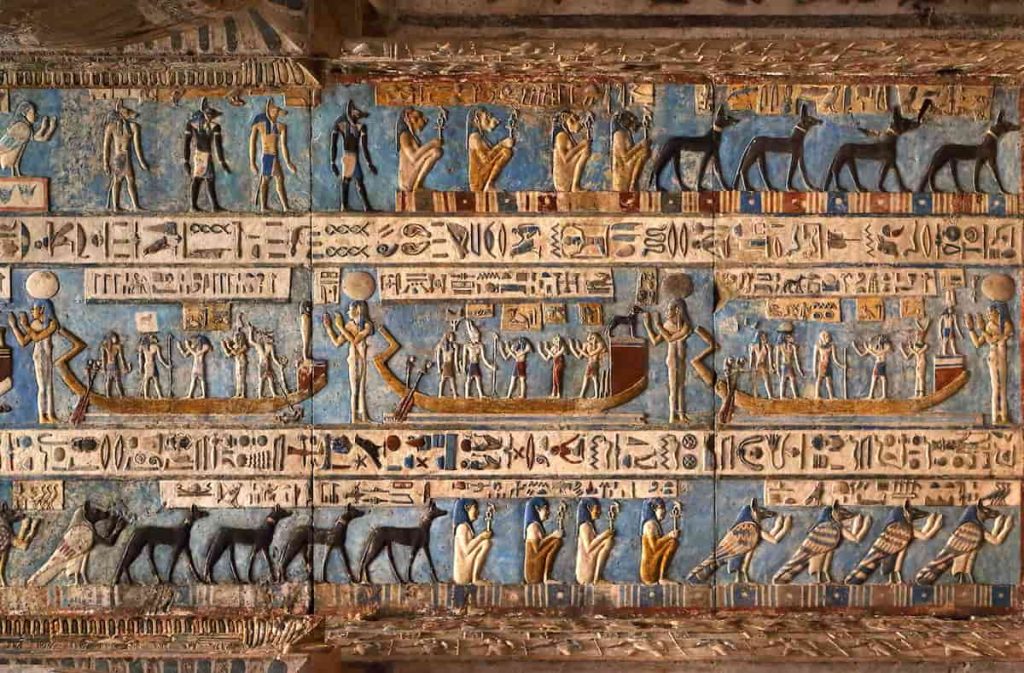 Hieroglyphic carvings and paintings on the interior walls of an ancient Egyptian temple I
Hieroglyphic carvings and paintings on the interior walls of an ancient Egyptian temple I
Writing hieroglyphics starts with learning the symbols and what they represent. Each symbol may represent a sound, an entire word, or even an idea. Some are of an alphabetic sound; some stand for complete syllables, while others give an idea of the word. For example, a picture of a bird may represent the sound “a” or it may be the word “bird” in that spot in the text.
With hieroglyphic writing, the symbols could be set several ways. Egyptians might write from left to right, right to left, or top to bottom. The direction can be determined by noticing which way the people or animals in the text are facing; they read from left to right if the faces are left; if the faces are right, then from that side. When written vertically, symbols align in neat columns from which one reads downwards.
The widespread use of various implements and substances for writing by the Egyptians can be observed in history. They carved their graphic symbols on the stone surfaces with their chisels and hammers. After carving, they were sometimes painted on to distinguish them. For ordinary writings, scribes used reed brushes or pens on papyrus, a sheet similar to paper made from the papyrus plant. Natural substances produced ink: black from soot, and red from deposits of mineral matter. Red was used for marking significant names or headings.
Hieroglyphic Writing
Hieroglyphic writing demanded a large amount of skill and patience. In the scribes’ training, they spent years learning the hundreds of signs and practicing placing them with absolute correctness. Their aim for every line was to make it correct and pleasant, for writing had cultural, religious, and artistic significance.
Even today, learning to write in hieroglyphs can feel like making art. Every symbol tells a story, and every line expresses a tradition that formed one of the greatest civilizations in history. It is not merely writing; it is one way of preserving culture in visual form.
5. How to Read Hieroglyphics?
Reading begins with locating and identifying the signs. Every sign may be a phonogram or sound symbol, an ideogram or symbol for a whole word or object, or a determinative, which adds to the meaning of the word it follows. So first is to identify which kind of sign one sees. For example, a picture of an owl is often the sign for the sound “m,” while a sun-disk might symbolize the word “day.”
Next, the direction of the writing has to be determined to read it. Have a look at the direction the humans, animals, or birds are facing. If they are facing left, then one reads from left to right, and if they face right, then one reads from right to left. Vertical writings are read from top to bottom. Hieroglyphics never use space like modern writing; they read sign-by-sign, grouping them into words based on their order and meaning.
The next step is to understand the sound and meaning. Phonograms give you the sounds, but you must also read the determinatives to be sure of the word’s meaning. The signs for “m” and “s,” for example, can mean “to birth,” when followed by the determinative of a woman giving birth, but with a different determinative, it could mean “to summon.”
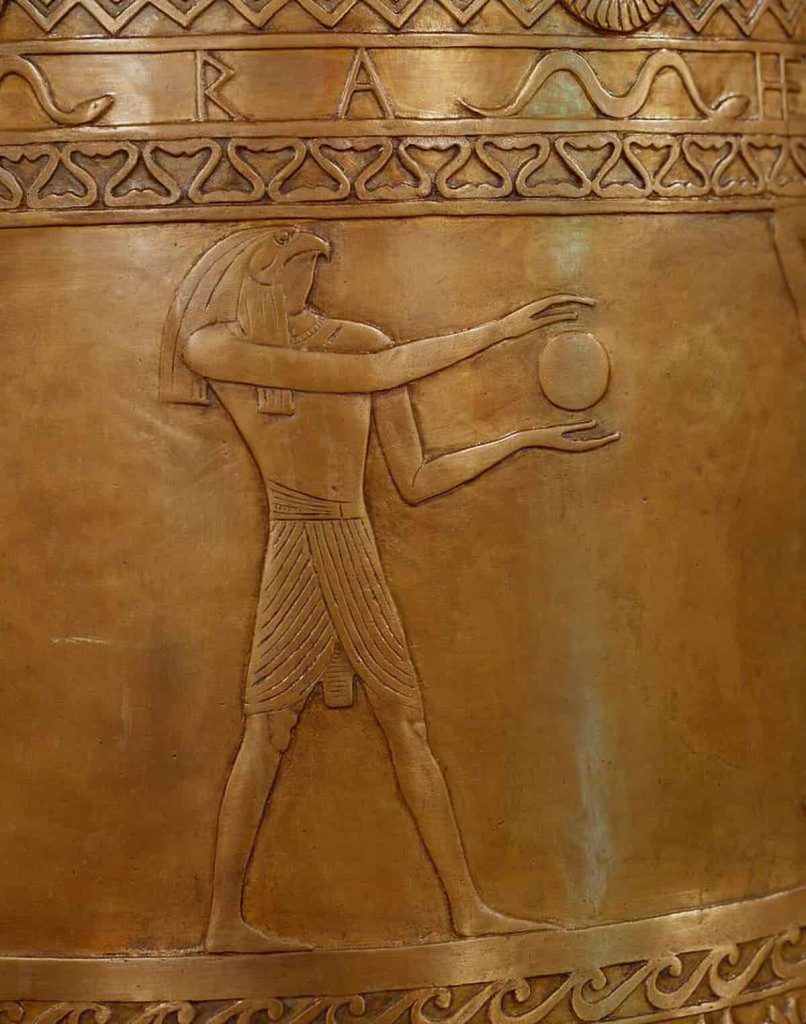 figure of egyptian sun god Ra
figure of egyptian sun god Ra
Take the name “Ra,” the sun god. The circle with a dot in the center would be read as “Ra” or “Re.” On the other hand, “ankh” is the symbol of life-a cross with a loop at the top.
In reading hieroglyphics, sound values are combined with visual clues. You will also learn to think like the ancient scribes, interweaving art with language. Every sign has meaning, history, and beauty, making reading hieroglyphics a journey through culture as well as words.
6- What Language Did Egyptians Speak in the Past?
The ancient Egyptian language, one of the world’s oldest recorded tongues, is considered the beginning of Egypt’s spoken history. It emerged around 5000 years ago and consisted of several stages: Old Egyptian, Middle Egyptian, Late Egyptian, and Demotic. Middle Egyptian became the “classical” language of temple inscriptions and formal texts for centuries. People spoke dialects daily until formal writing came into existence.
 Greek-language
Greek-language
Until about the 7th century BCE, Demotic was the everyday script, but spoken Egyptian never ceased evolving. With the landing of the Greeks in 332 BCE, Greek entered administration, trade, and education. At home, though, Egyptians still spoke their language.
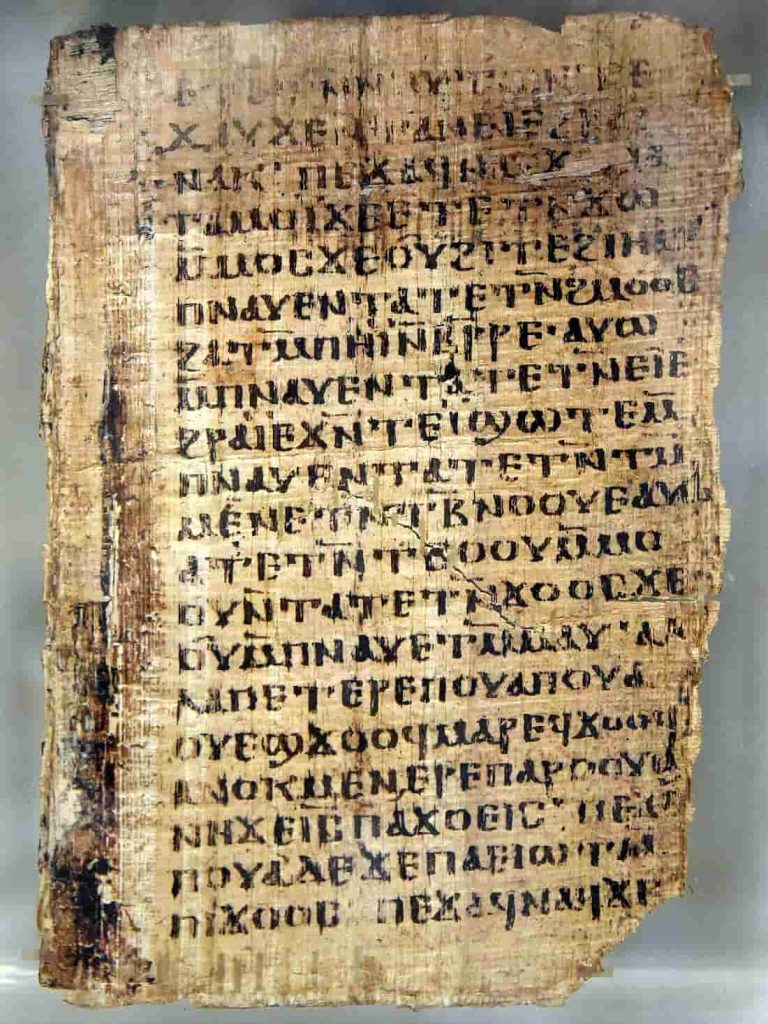 Coptic script, papyrus
Coptic script, papyrus
Coptic Language
The Coptic language emerged in the 2nd century CE. It used the Greek alphabet, supplemented by a few letters from Demotic to represent Egyptian sounds. It became the language of Egypt’s burgeoning Christian community and retained its religious connotation for centuries. Priests and scholars employed it in translating the Bible and composing hymns. Until Arabic supplanted it as the language of conversational use, the Coptic Church maintained its use in liturgy.
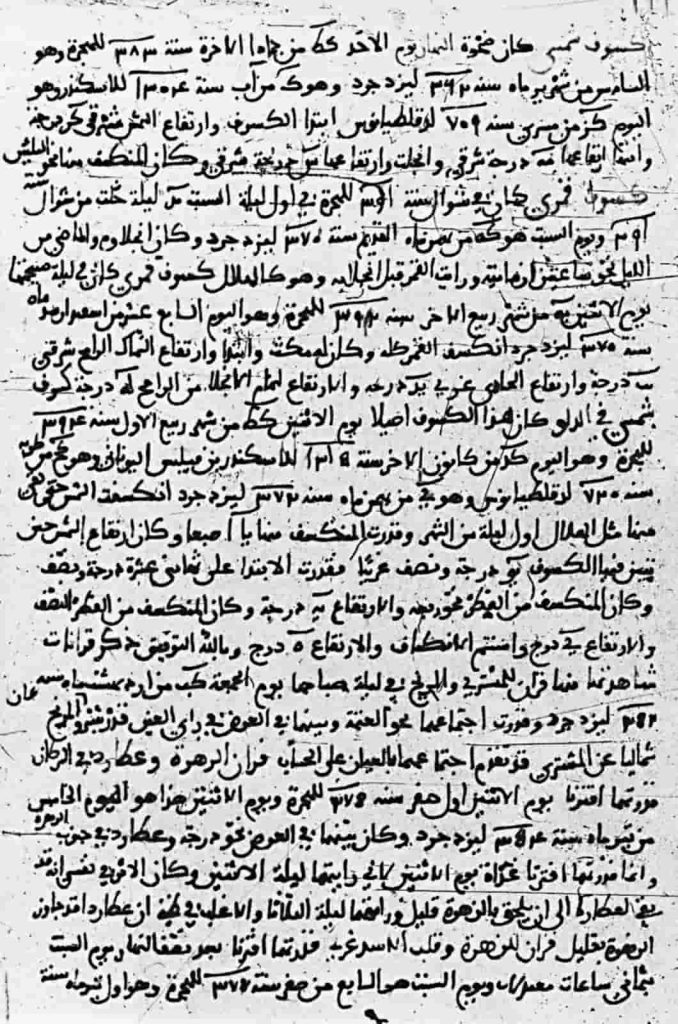 Arabic manuscript recording the solar eclipses of 993 and 1004
Arabic manuscript recording the solar eclipses of 993 and 1004
The seventh century CE, during the Arab conquests, saw Arabic come into Egypt. Slowly, in a very slow process extending through several centuries, Egyptian Arabic started to carve out its existence from a mixture of Arabic and terms of ancient Egyptian origin. This gave expression to the local songs, poetry, and oral traditions and became central to the Egyptians’ cultural identity. Religion created a great influence on language: Arabic brought together the Egyptians with the greater Muslim community via the Qur’an and Islamic scholarship, and Coptic maintained Egypt’s early Christian traditions.
Ancient Egyptian and Coptic afforded land and culture intervention into today’s Egyptian Arabic. Each stage of such a language timeline gives marks on how Egyptians still speak, write, and practice their religion. The culture of the nation still resonates with thousands of years of linguistic history, from the chants in the church to the chit-chat of the markets.
7- What Language Is Spoken in Egypt Today?
The main Egyptian language spoken form in Egypt is Egyptian Arabic. Furthermore, it is called the language of the homes, the streets, and the media.
Egyptian Arabic retains some archaic features left out of the formal Arabic taught in schools. That formal Arabic is, in fact, Modern Standard Arabic. It is rather used in writing, newspapers, and speech; it would hardly ever be heard on the street.
Egyptian Arabic has various influences. It preserves a few words from ancient Egyptian and Coptic. Also, some words were borrowed from Turkish, Italian, French, and English.
In some rural localities, variants of accents and vocabulary do exist. In Upper Egypt, the Sa`idi dialect is common. The Nile Delta also has slight pronunciation differences. Nevertheless, all Egyptians can understand each other.
English predominates in the cities and surrounding tourist areas. It is used in business and higher education by a good number of Egyptians. French is still to be heard at school, especially at older private ones. At the tourist spots, a little Italian, German, or Russian can be heard as well.
Such a language mixture portrays Egypt both as an ancient nation and a modern, globalized one.
8- What Are the 3 Main Languages in Egypt?
The main language of civilization today is Arabic; that is why it is akin to two types: Modern Standard Arabic (MSA) or simply Formal Arabic, and Egyptian Arabic. MSA is a sort of language that bestows dignity on a language; it is that which children are taught in schools, which is broadcast by news channels, and in law. This language connects Egypt to the rest of the Arab world, since it is understood by other Arab nations.
Conversely, Egyptian Arabic is predominant in daily life. It is spoken in the home, at the market, in the streets, at the cinema, and in songs. It has grammar systems, vocabulary, and intonation that are different from MSA. Egyptian Arabic is the name of any dialect related to classical Arabic but adjoined by words from Coptic, Turkish, Italian, French, and English. This variety can be a loud testimony to Egypt’s long history of cultural exchange.
There is a meshing of codes in the everyday lives of Egyptians between the two Arabic forms, depending on the case. A student may listen to a lecture in MSA, chit-chat with his friends in Egyptian Arabic, and read religious texts in Classical Arabic. No person in their right mind would find code-switching uneasy.
Other Foreign Languages
The usage of other foreign languages is pertinent. Quite a few Egyptians know English, especially in commerce, tourism, and higher learning. French is also taught in some teaching institutions and professions. Still, Egyptian Arabic reigns supreme for the layman: this language makes jokes, songs, and the very language of life, holding the warmth and character of the culture.
Give-and-take relations between MSA and Egyptian Arabic showcase the special position Egypt holds in the Arab world. While MSA imbibes Egyptian culture with a common heritage, Egyptian Arabic resists encapsulating local culture. And thus, these two display the soul of modern Egypt: a culture that is deep in the past but freely speaks in the language of the present-day people.
9- Language and Egyptian Identity
Using language in Egypt is not merely about speaking, but is an integral part of the nation. The Egyptian dialect in speaking is felt cozy, and there are cultural features in the vocabulary, too.
People enjoy watching films and series in Egyptian; the same is true for songs all over the Middle East. This prompts quite a bit with communication, as one of the most popular spoken dialects in Arabic.
The Coptic Egyptians continue to use Coptic in Egyptian dialect through prayers and the relation present through usage, and allows the language to be one of the old ones in use. It even reached during the time of the pharaohs.
The present-day Egyptian Arabic also provides traces of the past for us. Ancient Egyptian and Coptic languages have given rise to some words. For instance, the berry is in English as “tuta” and in the Egyptian dialect as “necklace.”
This is how it can be said that language has nurtured the history of the area. It becomes evidence of the history in Egypt in every word and expression.
10- Conclusion
Egypt’s language history covers thousands of years. From the ancient Egyptian language that was etched into temples to modern Egyptian Arabic, it is a tale of endurance and metamorphosis.
We talked about what hieroglyphics are, how to write in them, how to read them, what language did Egyptians spoke, what language is spoken in Egypt, and what are the 3 major languages of Egypt?
Egyptian words carry its culture. Ancient carvings and modern conversations share the same heritage.
Voices of antiquity and modernity whisper along the markets of Cairo and the ruins of Luxor. Language is Egypt’s voice.
.


